We provide over 100+ FREE crypto articles on our SubStack! :D (Link on our profile). This is not financial advice.
Introduction
When designing any economy, be it P2E or non-blockchain based, it is important to first consider the types of economic agents in the space. These economic agents can be split into 5 personas - players, builders, developers, investors and NFT collectors.
We see these agents in traditional, non-blockchain based games too, although NFT collectors are the first of its kind. There are investors in non-blockchain games which are also a new dimension as the investor model has shifted. Because we see a new addition to the economic agents involved, the economics of P2E can change drastically, depending on the incentives to them.
For all economic agents, we look at them from the perspective of the existing economics design framework: Market Design, Mechanism Design and Token Design. The market design is the economy’s parameters, typically defined by the game developer, and by extension, game designer (aesthetic and economy design). Mechanism design
is the rules for economic participation in the game’s world. These determine both the gameplay and rules of how these agents interact with each other. Token design is the value creation when users interact in the game world.
The reason for having these personas is that they help to scope out the right economic policies in each unique game economy. As the underlying game is different, the economic policies can also differ greatly.
1) Players
Players are the core value creator in the game universe. The way the market can be created will affect the players entering. For instance, a Free to Play vs Pay to Play model. That can greatly affect the number of players, thus the thickness of the market.
The development for the game is also important as players do not just take on a single role. They can also take on the role of builders, and the open vs closed-source development can impact how market thickness is bootstrapped.
Depending on the level of ideal decentralisation, the players can also take on leadership and governance roles. Having such a plan in the roadmap can help in the ideation of the native governance token’s monetary policy.
If decentralisation is the goal, the interactions between agent types will be something to think about when designing the economic policies and token economics. After all, the token model emphasises the policies for these agents.
Understanding the player types help to have a better sense of the player behaviours. For instance, certain promotions might encourage adverse selection of bots and players, as opposed to real players, focusing on game play and value creation. That can definitely affect the effectiveness of increasing market size of the game.
In the context of mechanism design, traditional gameplay is of essence to players. The various incentive loops, pay to win and game scope enhance how fun the game is played, which helps in value creation by the players.
Lastly, in a Play to Earn model that we see in blockchain, tokens play a new and important role in the economy. Considerations like potential earnings in dollars, inflation rates, tradeoffs for late entrants and revenue share are important considerations of the player in any game.
2) Builders
Builders are a specific type of player in the game. Whilst they are not core infrastructure developers, they help to build the world, which then facilitates the game world for players. It is possible for one to be both a player and builder.
When building the game universe, assets and infrastructure, the builder considers the market at large. Such as the demographic reach, the in-game vs off-game activity, white-label vs license model and connectivity to off-game blocks and use-cases. This
increases the utility of infrastructure built, which increases the value creation multiplier to the builder.
For the mechanism design, this means the ability to leverage development of the main game to build new infrastructure. And to do that, it is important to be mindful of the rules of interaction.
In token design, there needs to be value recognition for external parties. This value is realised by holding the tokens, hence it becomes a consideration when designing the monetary policy of the token.
3) Developers
As the core game developer, the market is not just players, but also potential partners and different types of players in the game. This increases thickness and also increases the type of users. A diversification of user-types helps to build a more antifragile, potentially countercyclical, system.
Mechanism design will be core principles for developers. That includes the resources supply regulation, DAO functions to update rules of the game and the balance between having the entire game’s economic policy designed by the developer or to allow for new rules to be created by the community.
In terms of monetary policy, the developer has to balance between the token monetary policy, utility of various token types and most importantly, the relationship among different tokens, and players, to help with value creation.
4) Investors
Investors take a different approach to market design. Looking internally, that is the various metrics to understand market growth, to look at long-term performance. Externally, that is the ability to cross various metaverses and grow the network effects.
On the mechanism design side, depending on the type of investors, some play the game, so they hold the player persona; in-game mechanisms considerations are similarly applied. For non-players, that is the rules around collectibles, economy, passive value accrual and long-term sustainability of the resources and tokens in the game.
Token design considerations for investors are both micro in terms of using the native tokens for game expansion and addition, as well as macro in terms of value capture by the token and real value realisation in the game.
5) NFT Collectors
NFT collector is a new persona in the gaming and metaverse space. There are virtual game collectors in traditional games, but trading happens in the black market, which incurs a middlemen fee to the players. In addition, the risk of trading in the black market7 includes not receiving the assets, receiving counterfeit assets and receiving illegally stolen assets that are not usable in the game. As NFT is publicly traded, this allows for
a new paradigm of market to exist. This includes visibility of NFT collection, notoriety of overall project and long-term attractiveness of the NFT within the game market and external metaverse market.
The utility and contribution of the NFT asset in the game and its subsequent mechanism design becomes crucial to NFT collectors. Beyond that, the risks, business rationale
of the game and relationship between assert owners and governance also play an important role in the mechanism considerations for NFT collectors.
Lastly, as with NFTs, the supply and inflation nature of the asset, together with the rarity and revenue generation profile become the key incentive for NFT collectors in the space.
All in all, these are the 5 core persona types and their subsequent considerations in the economics design framework. This builds the core building block for economists to design the right incentives for the game.
[link] [comments]

You can get bonuses upto $100 FREE BONUS when you:
💰 Install these recommended apps:
💲 SocialGood - 100% Crypto Back on Everyday Shopping
💲 xPortal - The DeFi For The Next Billion
💲 CryptoTab Browser - Lightweight, fast, and ready to mine!
💰 Register on these recommended exchanges:
🟡 Binance🟡 Bitfinex🟡 Bitmart🟡 Bittrex🟡 Bitget
🟡 CoinEx🟡 Crypto.com🟡 Gate.io🟡 Huobi🟡 Kucoin.
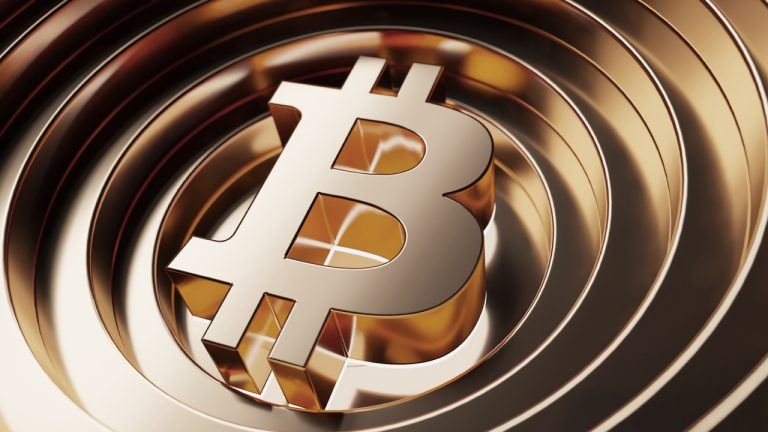
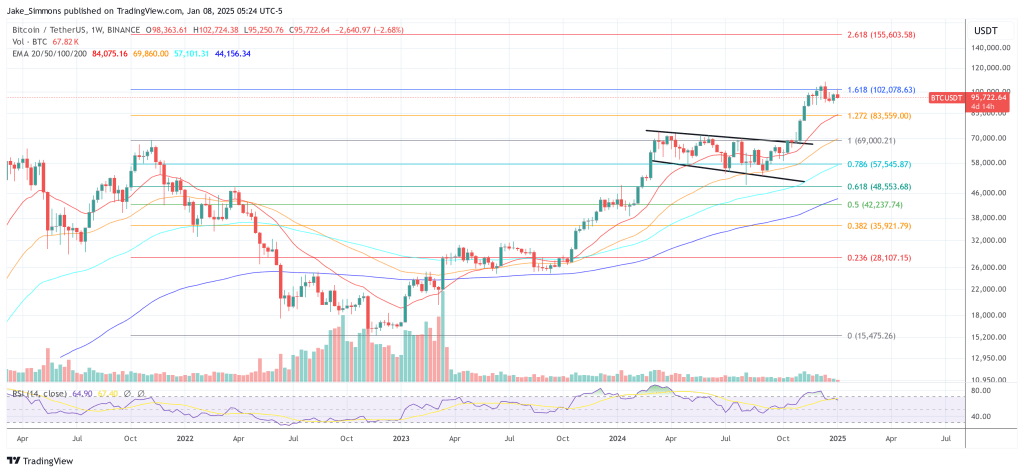




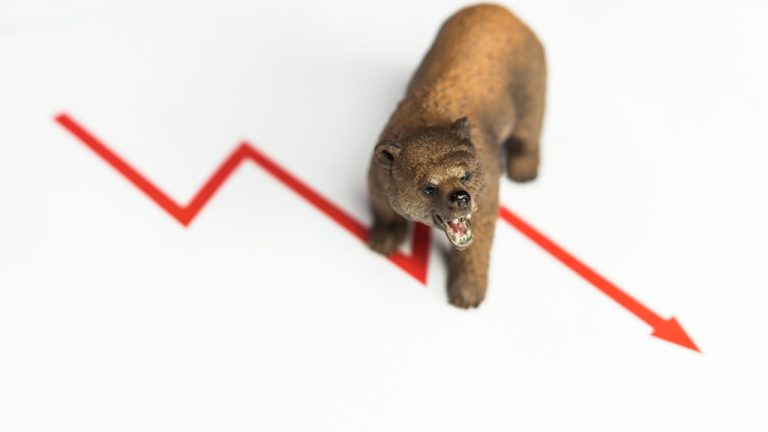



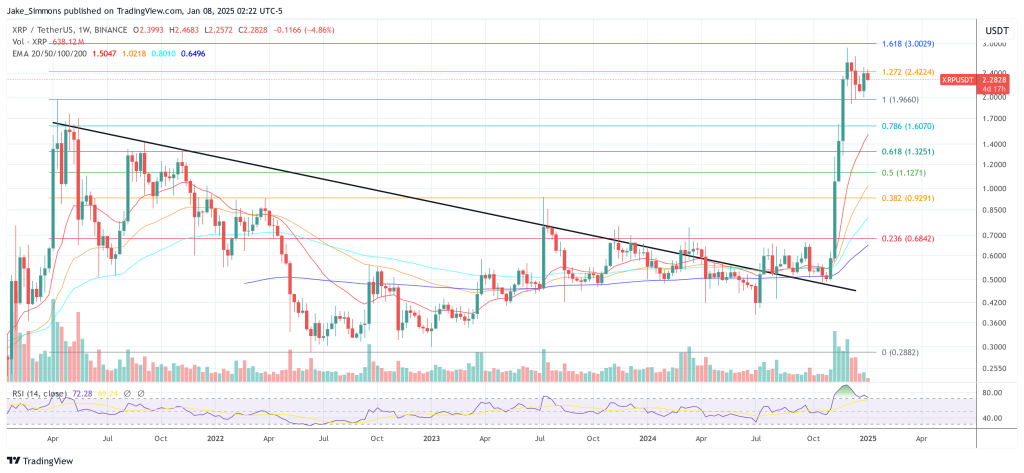

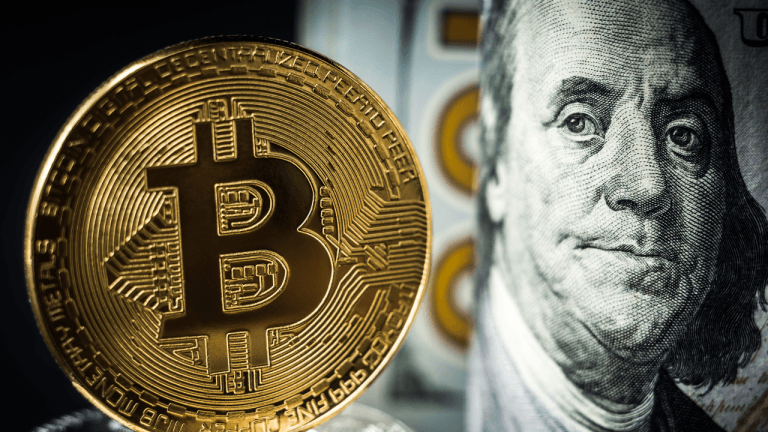
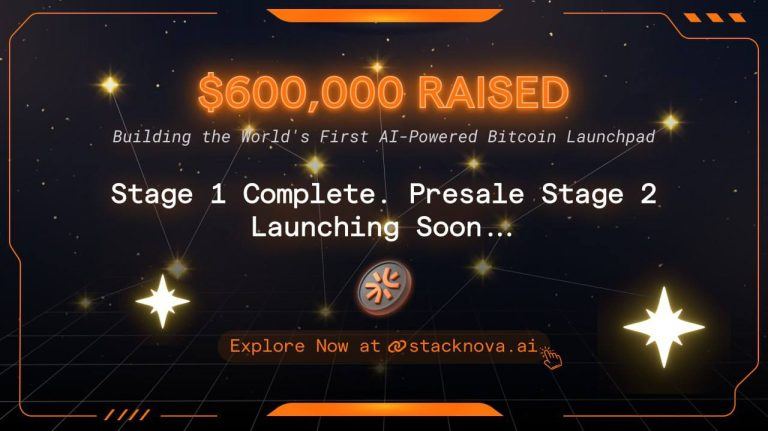


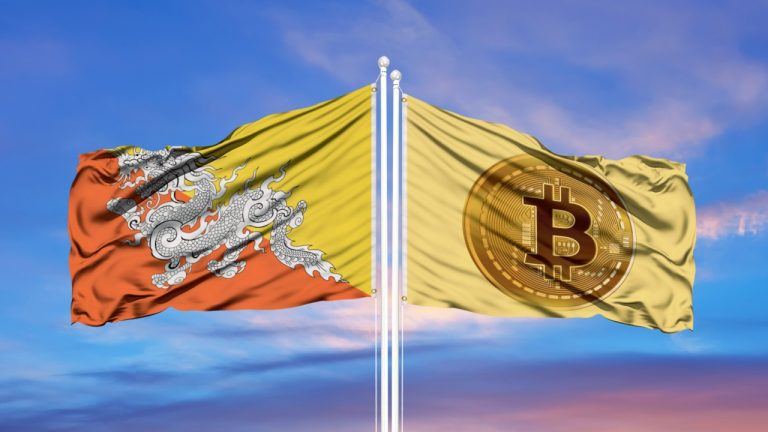
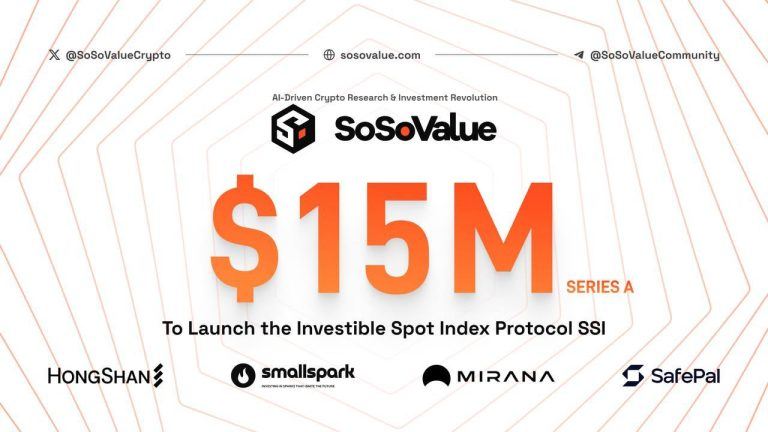
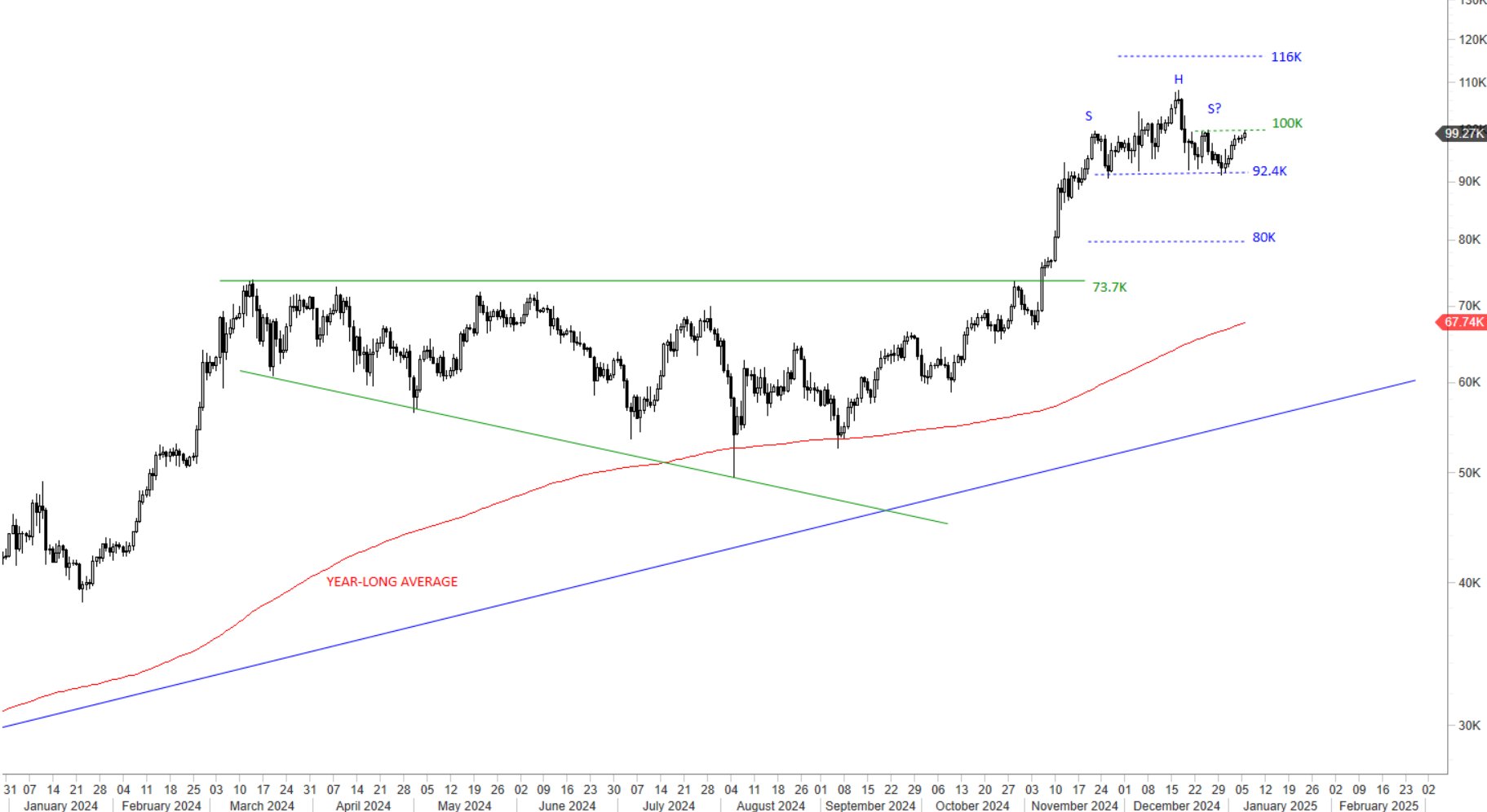

Comments